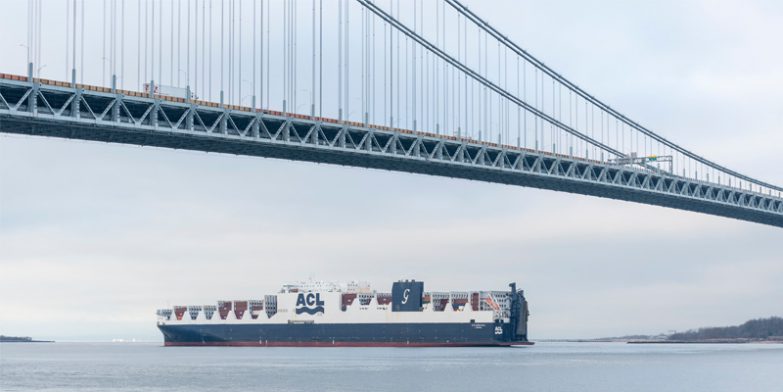
Predictions of a container shipping downturn in 2026 are growing louder, but the industry’s fundamentals suggest otherwise. While global trade growth will slow, the structural strengths of the sector, from disciplined capacity management to nimble redeployment of assets, mean that a full-scale collapse in pricing is unlikely.
Container volumes expanded strongly in 2024 and into 2025, with a slowdown to around 1.7% growth forecast for 2026. This is a deceleration, not a contraction. Demand remains robust enough to keep carriers active, and the breadth of containerised trade ensures that weaknesses in some sectors are balanced by strength in others.
One of the biggest shifts in recent years is the way carriers manage supply. Rather than flooding the market with tonnage, lines are quick to adjust deployments, using blank sailings, slow steaming, and alliance coordination to protect rates. Crucially, carriers have also grown more nimble in moving vessels between trades. When returns weaken on an over-tonnaged lane, redeploying capacity to underserved markets can deliver a “double win” improving returns on the new route while rebalancing supply on the old one.
Why the Market Will Hold Firm
Several factors underpin this resilience:
- Diversified cargo mix – Containers move everything from retail goods to chemicals, limiting exposure to downturns in any one sector.
- China’s export drive – With Beijing committed to manufacturing growth, competitively priced exports continue to fill ships.
- Targeted tariffs – Protectionist measures are concentrated on strategic products, leaving most consumer and industrial flows untouched.
- Cyclical rebound potential – Container shipping has always bounced back quickly once global conditions stabilise.
What It Means for Shippers
Those expecting a return to ultra-low freight rates may be disappointed. While short-term volatility is inevitable, structural resilience means rates are likely to stabilise above the levels seen in past downturns.
How to Respond:
- Budget conservatively – Plan for fluctuations, but not a prolonged collapse.
- Review contracts – Balance fixed and spot agreements to capture both stability and opportunity.
- Strengthen partnerships – Working closely with Hecny Forwarding ensures visibility, reliable space, and faster response to market changes.
Container shipping in 2026 is slowing, but it is not shrinking. With stronger capacity discipline, smarter deployment, and sustained trade flows, the major carriers look set to weather softer growth without sliding into recession.
Plan ahead with confidence. Global Forwarding helps you navigate volatility with flexible solutions, global expertise, and resilient supply chain strategies. EMAIL our VP, Adam Davies today to prepare for 2026 with certainty.





